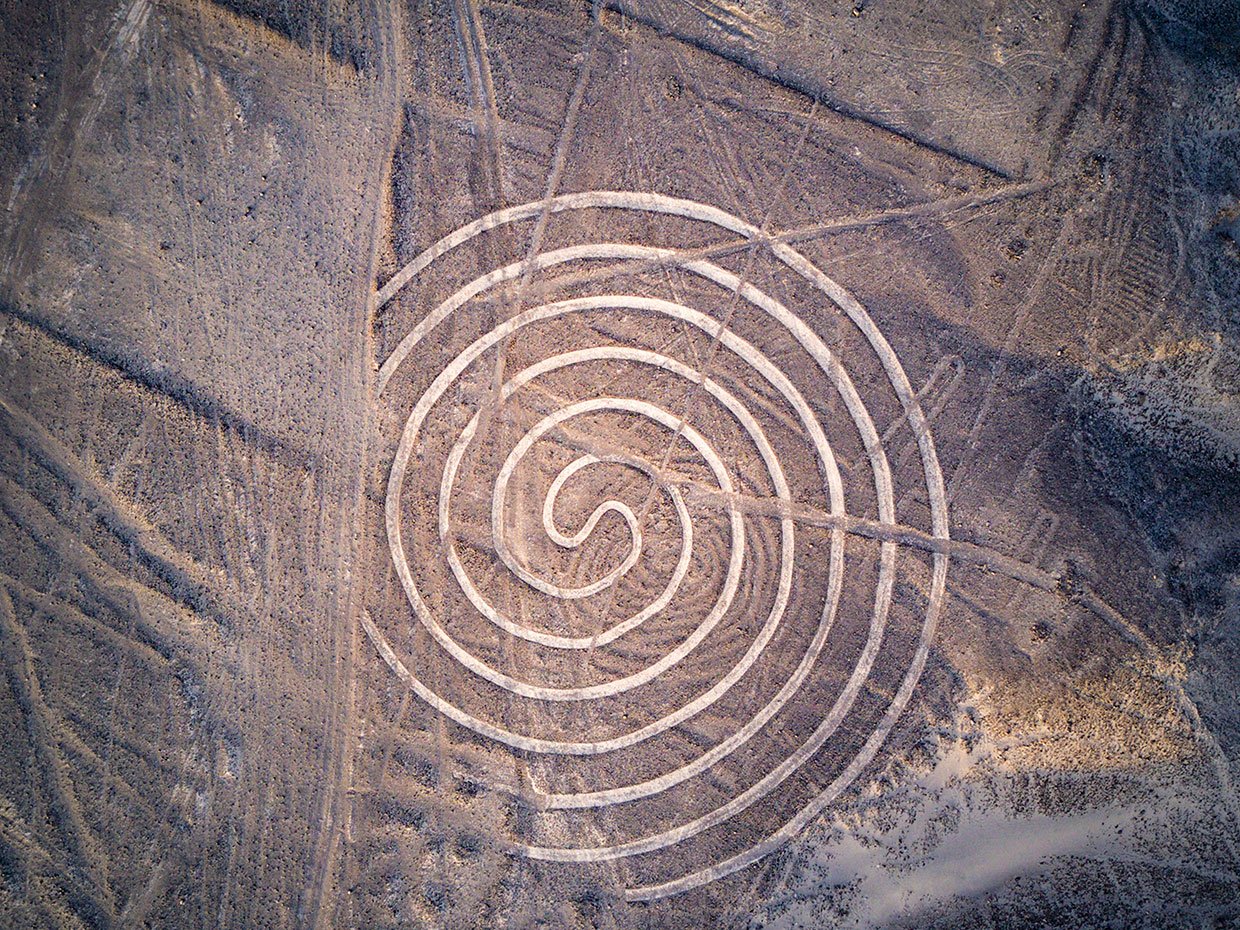One of the greatest enigmas of archeology is this series of geoglyphs in geometric shapes or resembling figures of humans, animals and plants. It is believed that they were created by the Nazca culture more than 1,500 years ago. They have been declared a World Heritage Site by UNESCO and are worth knowing.
The Nasca lines, testimony of creative genius
They are located in the provinces of Nasca and Palpa. Some have zoomorphic shapes, others anthropomorphic and others, however, follow a geometric pattern. The most surprising thing is that they are figures of enormous size engraved on the flat and desert territory and yet, they have an impressive variety and precision. Now, how to see the Nasca lines? We told you about their enormous scale and the most popular option you have to appreciate them is to fly over them in a small plane. There are agencies that offer this experience from Lima, Ica and Pisco.
Los Paredones viewpoint
If you are in the city of Nasca, you can visit Los Paredones which is about 3 kilometers north of the city center, on the road towards the city of Puquio.
This viewpoint will allow you to appreciate the ruins of the city of Cahuachi, and you can also see the famous geoglyphs of Nasca, such as the Hummingbird, the Monkey, the Spider and some others. The distance from the city of Nasca to the Mirador is relatively short and can be easily reached by car, taxi or a walk of about 30 minutes. If you are interested in the archeology and history of Peru, you cannot miss it because the site has some areas to rest, as well as information about the history and culture of the Nasca region. The Los Paredones archaeological site is part of Cahuachi and is believed to have been a kind of administrative and commercial center since evidence has been found that religious ceremonies were held there and manufacturing activities of ceramic and textile objects were carried out.
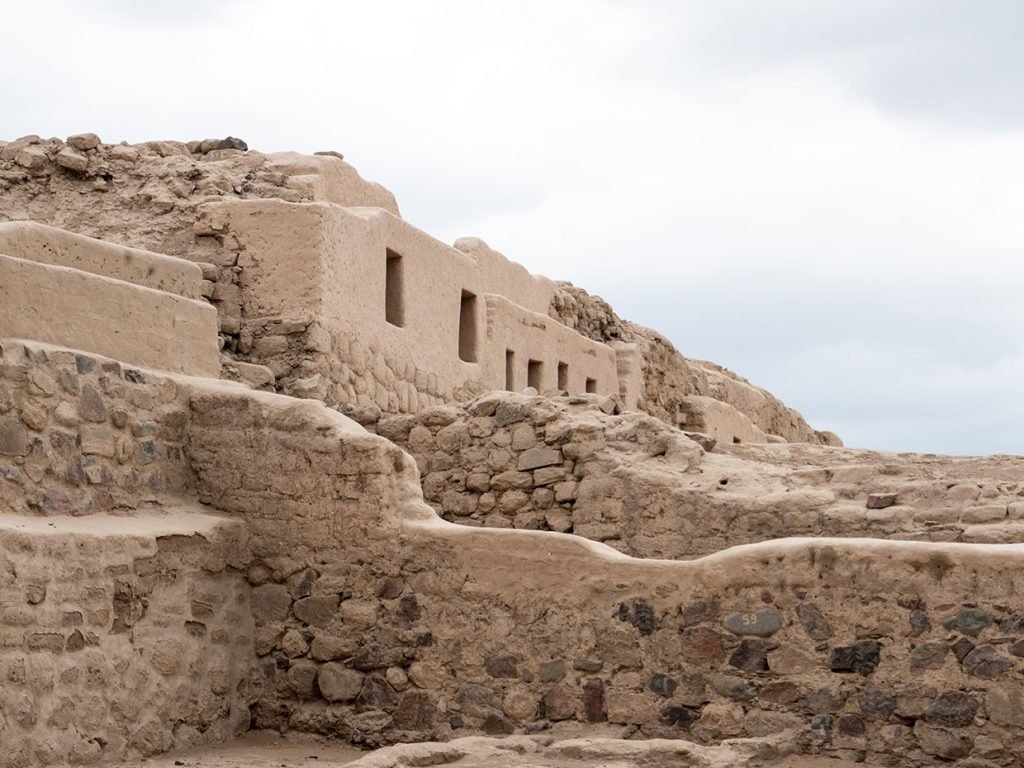
Cahuachi: the capital of the Nasca culture
It is considered the capital of the Nazca culture, it dates back to around 400 and you can visit it because it is located 28 km from Nazca. You can visit it every day of the year from 9 a.m. to 4 p.m. It is known for its enormous adobe pyramids and its ceremonial platforms and occupies an area of 24 km² and is a citadel built in adobe, where ceremonial pyramids stand out: the Great Pyramid (28 m high and 100 m long), the Great Temple, the Stepped Temple and the Mounds. In addition to the pyramids, it also has a series of structures and warehouses, as well as a system of irrigation canals and ditches that were used for growing corn, cotton and other crops.
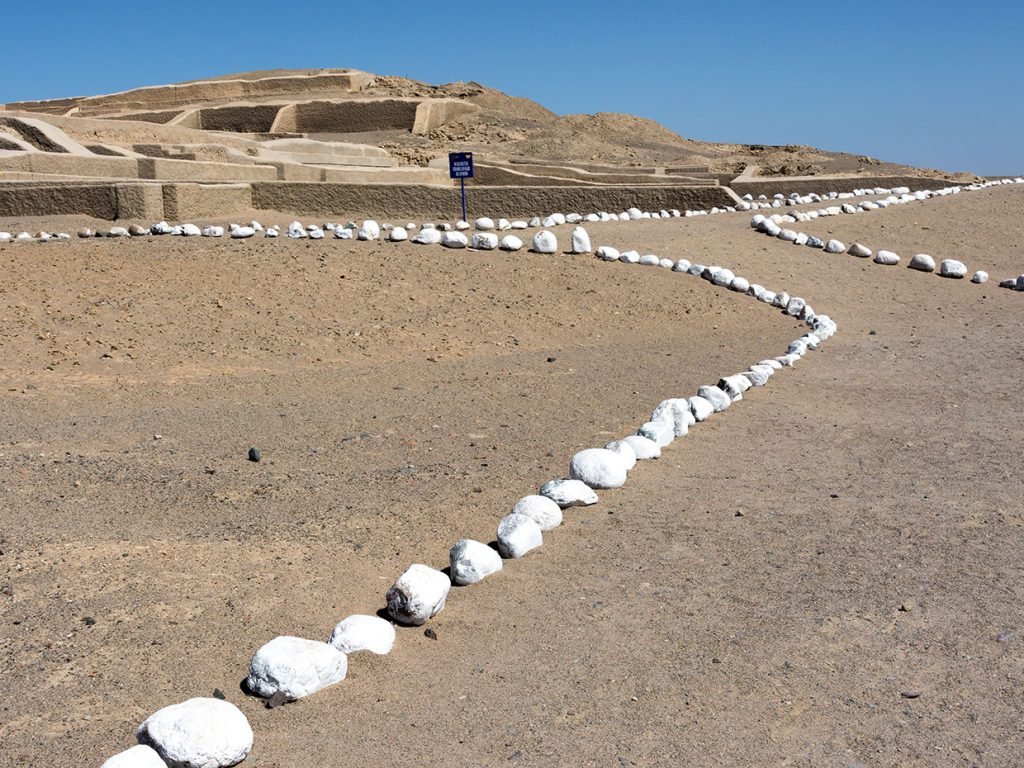
Chauchilla Viewpoint
It is a pre-Columbian cemetery that is located about 30 kilometers southeast of the city of Nazca. It was discovered in 1920 and features tombs and mausoleums built by the Nazca culture more than a thousand years ago. If you visit, the Chauchilla viewpoint offers you a panoramic view of the cemetery and its surroundings, as well as information about the Nazca culture and its funerary practices. Due to the dry climate in the area, the mummies and human remains have been preserved and many of the tombs still contain human remains and funerary objects, such as ceramics and textiles.
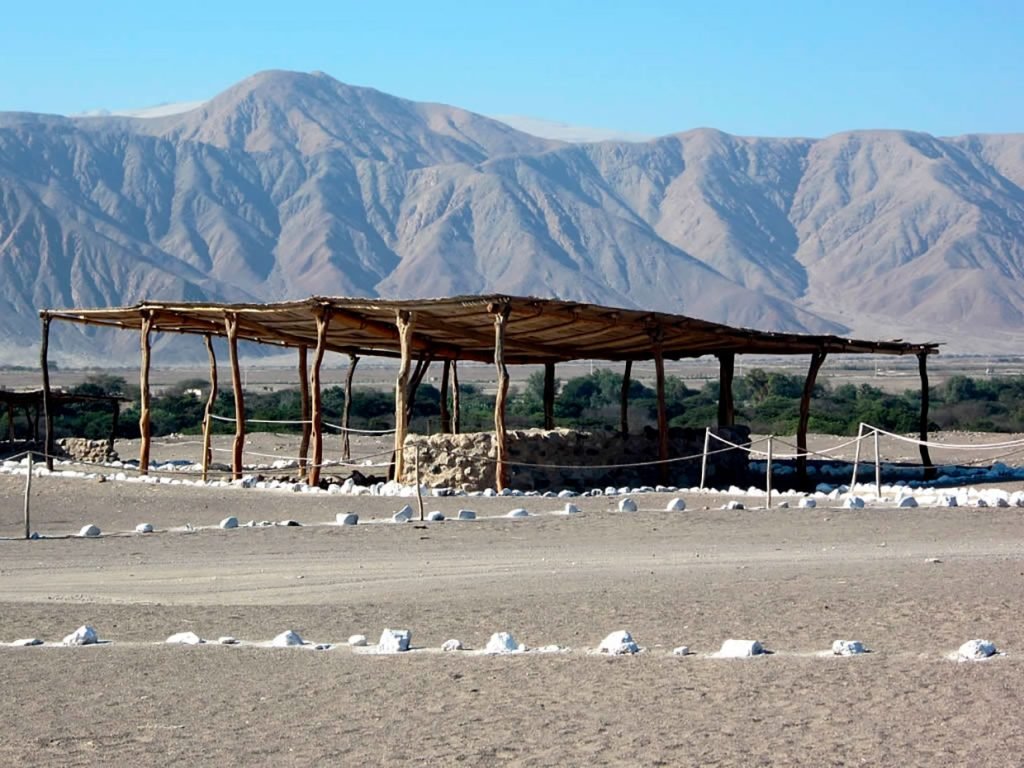
Cerro Blanco [White Hill]
If your focus is more on adventure than on archeology because, Cerro Blanco is ideal for sandboarding and hiking since it is the highest sand hill in the world, with a height of 2,078 meters. To get to the Hill from Nasca, you can take an organized tour with a local travel agency or arrive by car or taxi. The distance from Nasca is approximately 45 kilometers, and it will take you about an hour and a half by car.
It is important to keep in mind that climbing Cerro Blanco requires a guide and specialized equipment, as the climb can be dangerous due to the height of the dune and the changing nature of the sand. If you are interested in climbing Cerro Blanco, be sure to do so with a local travel agency that has the necessary permits and equipment to ensure a safe experience.

Cantalloc Aqueducts
To learn about the wisdom of these native peoples, there is nothing more appropriate than visiting the aqueducts built by the Nazca culture more than 1,500 years ago. The dry and desert climate forced them to have a solution to irrigate their fields and supply themselves with water. And that is why these aqueducts are made up of a series of canals that collect water from springs and take it to the growing areas. The canals extend for several kilometers and are made of stone and mortar.
You will be surprised to know that currently some of the aqueducts are still in use and are located about 4 kilometers north of Nazca and about 1.5 kilometers west of the famous Nazca Lines. To get to them, you can take a taxi or hire an organized tour from Nazca, or you can even walk if you want an experience closer to nature.
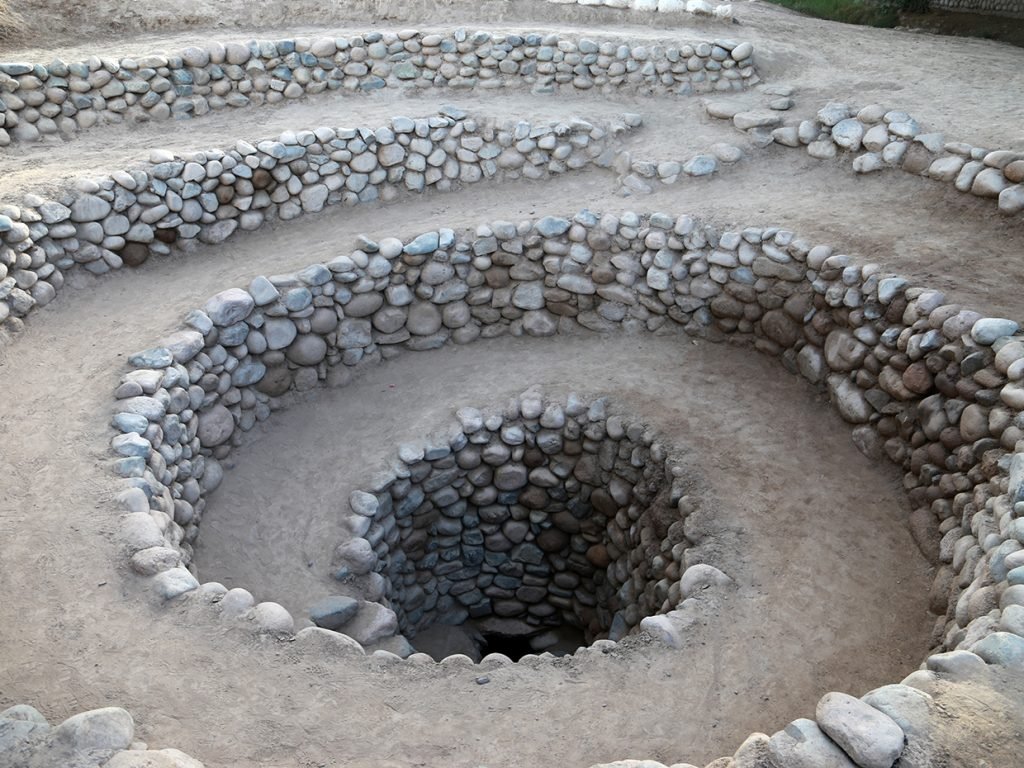

We recommend you visit Nasca, place of one of the greatest mysteries of world archeology and a true marvel of engineering and human creativity.


